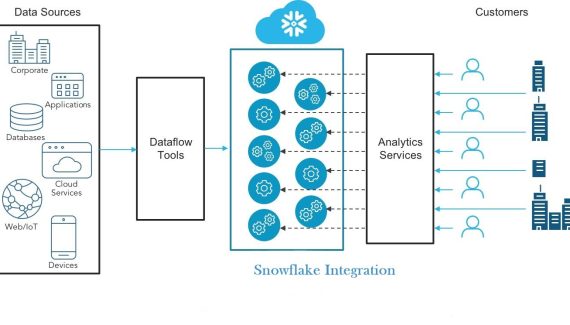Your typical buy to let mortgage can be a very useful asset, but it doesn’t work in the same way as residential lending, so it’s important to understand what’s involved and how it all works.

Image Credit: holbornassets
Contents
Understanding the Process
So, a buy to let mortgage deal is designed to allow you to finance any kind of property that you want to rent. You won’t be living in it yourself, but you will rent it to a tenant for profit.
There are lots of different ways that you can do this, but one of the most popular is an interest-only mortgage. This is where you would only pay the interest rates on the mortgage itself, and you would fund it from the rent. You would charge your tenants.
This type of mortgage is generally quite flexible in terms of what you can get access to. You are usually able to borrow as much as you need, but obviously, you will have to pay it back and the rental income that you charge will need to be able to cover the vast majority of this. With that being said the rental income that you get should be equal to at least 125% of the monthly repayments.
Pros and Cons
A mortgage of this type can definitely be a good choice, and it can offer you a lot of different benefits so it’s well worth looking into. There are plenty of pros to trying mortgage brokers of this type, but there are also things you will need to keep in mind. Let’s take a look at some of the strengths and weaknesses of this type of mortgage here.
Pros:
A rental property that is in good condition and quite modern. Can offer you a return that is much more than your typical payment. This means that you can still make money from this process even if you have a large mortgage to repay. Furthermore, these types of buildings and properties often increase in value over time, so you have something that you can sell in the future if you so desire.
The demand for this type of property can be quite high. Student accommodation and premium rentals are often greatly desired by the average property market, so you’re quite likely to get a consistent stream of tenants in and out. This guarantees that your rental income will be generated each month, regardless of what’s going on.
Lots of these mortgages allow for most of your running expenses to be tax deductible. This means that before you declare the profits for your rental, you can take away a lot of the running costs and not have to pay as much.
Cons:
Naturally, there are things to consider when going for this type of mortgage. For example, it’s very normal for you to have risks of late payments on the rent, which would mean that your mortgage payments could also suffer as you may have to foot the bill from your own money.
Obviously, you should also be wary of vacant periods in the property, as, without a tenant, you are not going to generate any income. This can happen at any point, and you will still have to pay your mortgage.
Obviously, stamp duty is also something that you will need to consider. Rental property investments are subject to the standard 3% levy raised against second homes. You should also consider that your property does have the risk of dropping in value.
Eligibility Criteria
A typical mortgage provider will have the normal set of eligibility criteria and policies that they will check through before approving or turning you down for a loan. It will be your job to go through the process.
Obviously, the standard concerns like your risk factor as a borrower will be called into question. The worse your overall credit rating is, the more risk you are. Your financial history will be called into question, as well as the value of the property that you are intending to purchase. The amount of repairs and renovations you will be required to do may also be a contributing factor.


